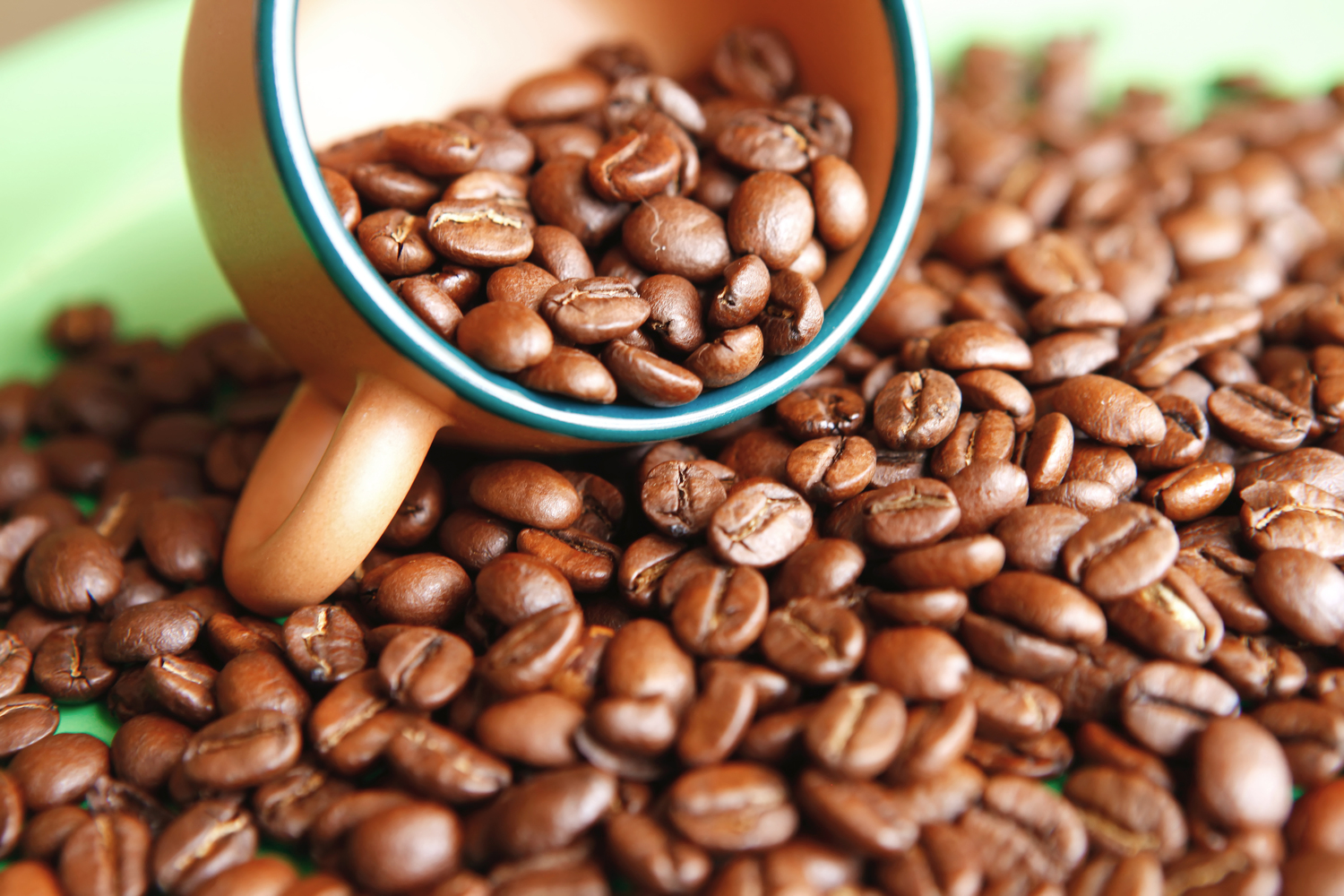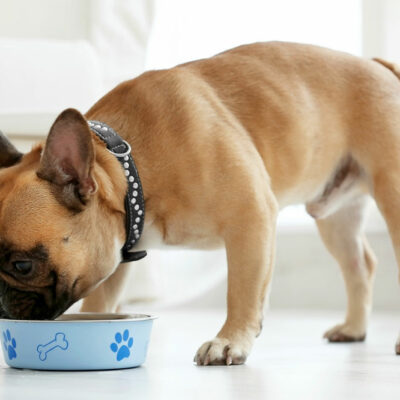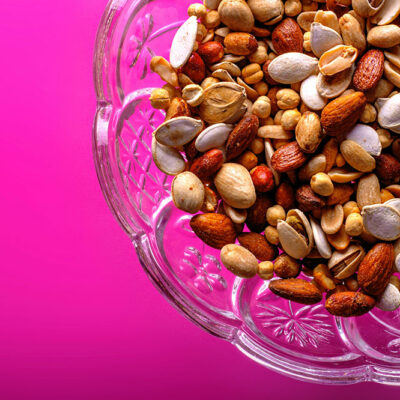
5 Foods That Many Osteoporosis Patients Won’t Consume
Millions of people worldwide suffer from a debilitating bone disease known as osteoporosis. Frequently referred to as a silent disease, osteoporosis (which translates to “porous bone”) is a condition in which bones gradually lose density over time so that old bone tissues are broken down faster than new bone tissue can be replenished. The symptoms of osteoporosis often include a stooped posture and noticeable loss of height, pain, and easily sustained fractures and breaks.
While medications and physical therapies can help patients, there are benefits to be found in nutrition. However, there are also certain foods that should be avoided by osteoporosis patients:
1. High-salt foods
The first order of business on this “do not consume” list is any food that contains a high salt content. Table salt is very popular in American homes, but this isn’t the only source of sodium intake (i.e., canned goods, sauces, salad dressings, and even boxed snacks and cereals). Most Americans ingest twice the amount of sodium that is required, and the health effects can be disastrous, even more so for those suffering from osteoporosis. Foods containing excess salt can cause the body to lose calcium, leading to bone loss, and in osteoporosis patients, can exacerbate symptoms.
2. Alcohol
This is another substance that can have a detrimental effect on calcium if used excessively. Ingesting alcohol affects the liver and pancreas, two organs that are important for absorbing vitamin D and calcium, both of which are important for good bone health. So, while an occasional drink may not hurt a healthy adult, individuals who have been diagnosed with osteoporosis should avoid heavy drinking.
3. Beans and legumes
This one may be a surprise, as legumes (beans, chickpeas, peanuts, lentils, lupins, and peas) are chock-full of fiber and other nutrients that are good for the body. However, all legumes contain phytic acid, or phytates when bound to a mineral. Once consumed, phytic acid tends to bind itself to minerals, including calcium. When these minerals are bound together, a person’s bones are not able to consume the calcium that is needed for nourishment and can lead to weak bones and hurt people with osteoporosis.
4. Foods with excess vitamin A
Vitamin A comes from a plethora of different substances such as vegetables, dairy products, and fish. It is vital for an overall healthy immune system and, since the body does not produce it naturally, is considered an essential micronutrient. But for osteoporosis patients, too much of a good thing is a bad thing. Excess vitamin A foods will eventually cause the bones to weaken, increasing the risk of breaks, fractures, and other complications due to reduced mineral density in the bones.
5. Caffeine
Last on the list is a substance that virtually everyone consumes in some form or another, whether it be tea, soda, energy drinks, or just plain old coffee. Unfortunately, in very large doses, the substance erodes away at calcium. For every hundred milligrams of caffeine consumed, a person will lose about six milligrams of calcium. While that may not be as severe as, say, table salt, overconsumption should be avoided by anyone with osteoporosis. Instead, stick to decaf and focus on ingesti


